Testing water, building power
The art of healing from longstanding harms through collaborative creative engagement
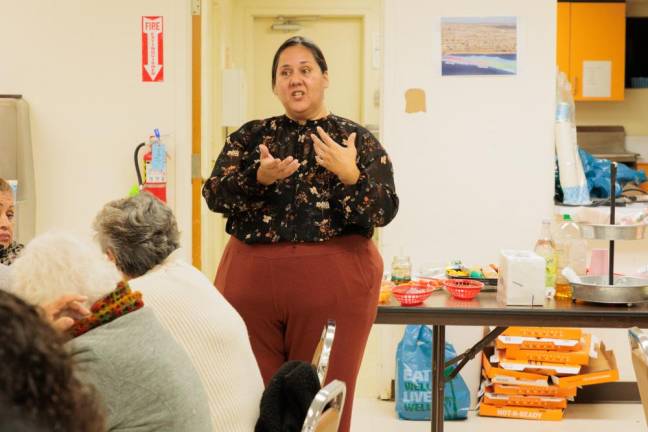
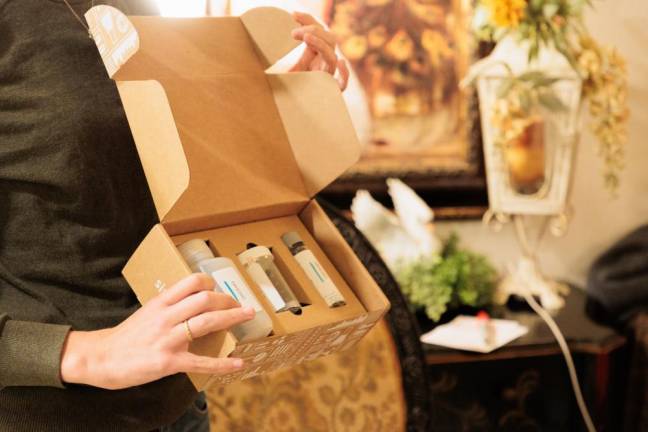
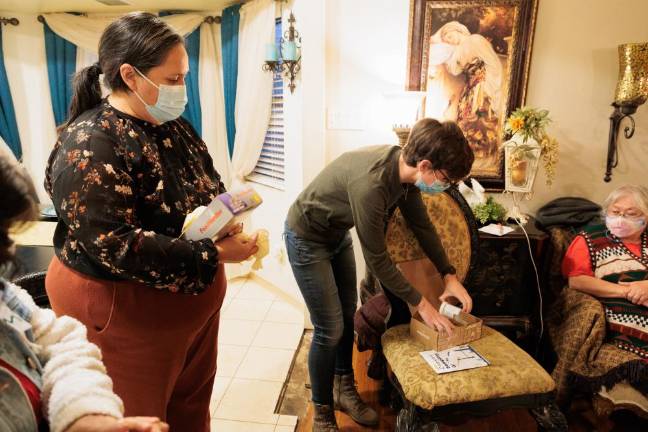
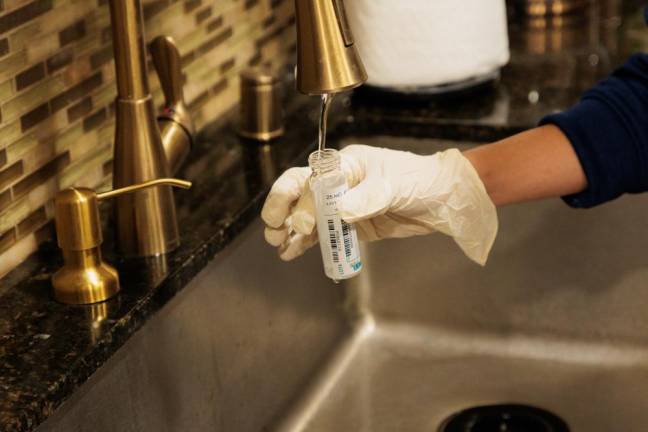
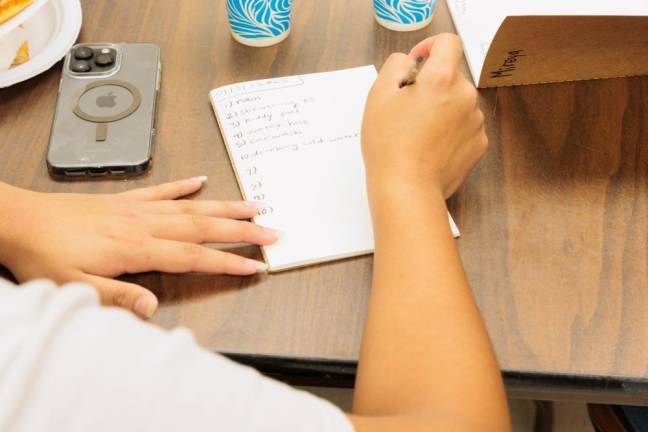
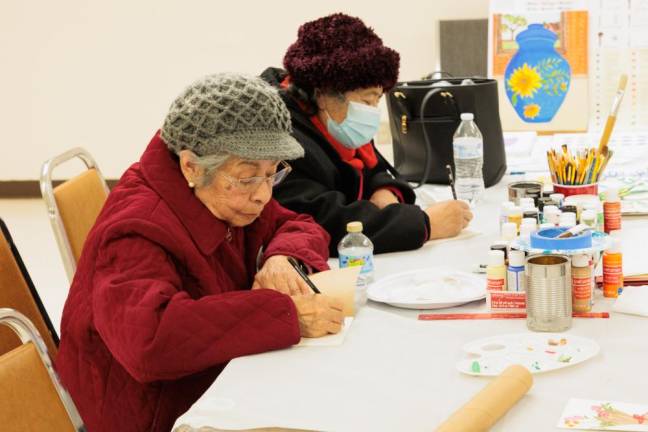
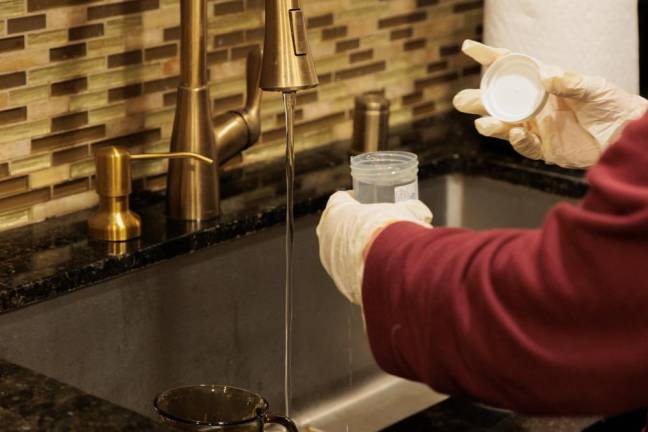
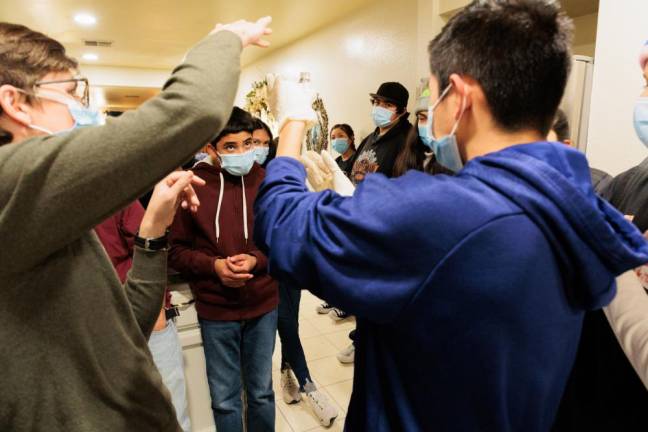
“Everyone has a color story,” says Michelle Glass, a public art and social practice artist who works alongside BIPOC and LGBTQ communities. “They are held deep within us, hidden in the land of our ancestors: ingredients we use in traditional family recipes, and in the landscape around us.” Each person’s color story, she explains, can “be captured through pigments made from natural materials found from the earth.”
Glass’ focus as a creator is to deepen connections between the land, waterways, and human beings. Her current project, Water Diaries/Diarios de Agua (2022) represents her ongoing engagement with communities in the Central Valley of California, our nation’s hard-used breadbasket and one of its most disenfranchised, toxicity-laden regions. Steeped in poverty, the majority-Hispanic region is facing ongoing struggles for labor and immigrant rights and is on the front lines of environmental damage caused by agricultural incursion, climate change and pollution.
The Water Diaries/Diarios de Agua project is one part art project and one part science experiment. By collecting local water samples to create dye baths and comparing them to pigments created with purified water, Glass’ method reveals toxins made visible through a shift in the color of the water. Lab tests of water used to irrigate crops showed almost twice the federal limit for arsenic, for instance. “I feel the use of natural dyes as a medium is a spiritual return to the earth practice that reconnects us to our color story,” said Glass.
She describes Water Diaries/Diarios de Agua as a participatory cultural mapping art project that contends with the environmental justice issue of water quality. The project’s mission is to provide opportunities for people to develop resources to protect themselves, build people power to fight for policy change and systems level solutions, and to create space for healing from longstanding harms wrought by racial capitalism and colonialism. The use of chemical dyes is one of the largest sources of industrial water pollution, responsible for widespread environmental degradation and cultural homogenization. “The reintroduction of Indigenous knowledge of dye-yielding plants is essential to reclaim our histories, connect to the land, and produce a greater ability to withstand the consistent stressors of colonial capitalism,” explained Glass. She is now organizing the next phase of the Water Diaries/Diarios de Agua project, which will include additional water testing through natural dyes and lab tests, audio stories, a collection of written and embroidered poems, and a fiber map identifying toxic zones.
Glass’ community-based art is deeply influenced by her personal history. She describes herself as a third-generation Chicana with indigenous Yaqui and Hopi roots, who hails from an ancestral line of land stewards. She became interested in environmental issues while studying in the graduate program of public practice at Otis College of Art and Design in Los Angeles. She was simultaneously interested in creating green spaces in urban areas and troubled by the loss of green space exemplified by California’s shrinking farmlands, which Glass describes as “an epidemic” caused by climate change, droughts, housing developments and pesticide spray.
Her environmentally driven focus as an artist earned her a place in the first cohort of grantees to receive support from the New York Foundation for the Arts in collaboration with Anonymous Was A Woman (a group whose name harkens back to a line in Virginia Woolf’s essay, A Room of One’s Own). The two organizations teamed up in 2022 to provide a quarter-million dollars in grants of up to $20,000 to women artists whose work addresses environmental issues while inspiring action, critical thinking and ethical engagement. That grant was followed by Glass’ selection as one of the 18 “artists and culture bearers” comprising the 2023-2024 California Creative Corps cohort, a grant that provides each fellow with a $65,000 salary along with a $50,000 production budget.
In expanding on her Water Diaries/Diarios de Agua project, Glass hopes to use her findings as a platform for meaningful social discourse between rural towns and urban areas, and to build awareness around challenges we face not only in California but on the national and global level. “Water is key to our survival – it helps carry nutrients, oxygen, and wastes to and from our cells and organs, among other things. Our bodies thrive when we have access to healthy water. Without it, life as we know it would not exist,” she said. “The way that communities of color heal is by gathering and through music, dance, prayer, ceremony, storytelling and creating. My work builds on that tradition.”